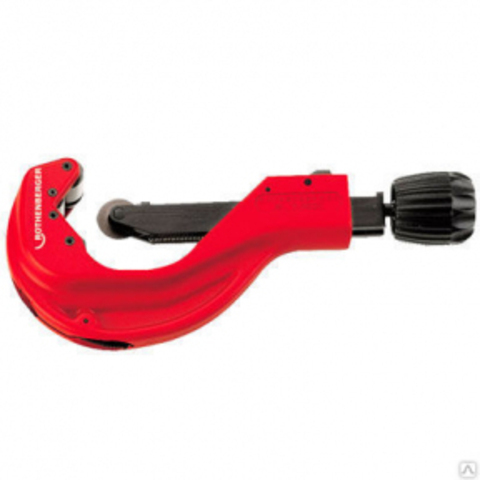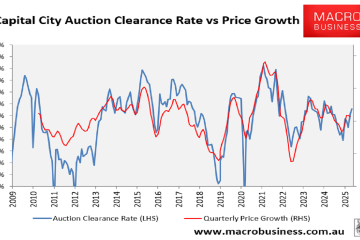Understanding the Impact of PL (Private Label) Brands

Introduction
Private Label (PL) brands have gained immense traction in the retail landscape, becoming a prevalent choice for consumers seeking quality at competitive prices. Recent data shows a significant shift in consumer preference, contributing to the increasing relevance of PL brands in both e-commerce and traditional retail settings. Understanding this trend is vital for consumers, retailers, and brands alike, as it reshapes market dynamics.
The Growth of Private Label Brands
According to research from Nielsen, PL brands accounted for about 22% of total grocery sales in Australia as of 2023, a figure expected to rise as consumers gravitate towards budget-friendly options amid economic uncertainty. A 2023 survey indicated that more than 60% of shoppers have increased their purchases of PL products, highlighting not only a change in buying behaviour but also a growing trust in these brands.
Consumer Trust and Perception
Historically, consumer perceptions of PL brands were skewed towards a belief that these products might compromise quality. However, with many PL brands investing in quality control and marketing, perceptions are shifting. Notably, retailers such as Woolworths and Coles have enhanced their branding strategies, placing focus on the quality of their own-label products, which has positively affected consumer trust.
Price Competitiveness
One major driver of the rise in PL brands is price competitiveness. With inflation affecting prices across various sectors, many consumers turn to PL options that often undercut national brands. A report by IBISWorld estimated that the average price of PL products is 15% lower than their branded counterparts. This price difference has made PL brands an attractive option for budget-conscious shoppers.
The Future of PL Brands in Australia
As we look to the future, analysts predict that the demand for PL brands will only increase. Factors such as sustainable practices and transparency in sourcing are likely to influence PL strategies, as consumers today are more environmentally conscious and expect ethical practices from brands. Retailers are already responding by introducing eco-friendly PL products, tapping into this growing consumer preference.
Conclusion
The rise of PL brands represents a significant shift in consumer behaviour and retail dynamics in Australia. As more shoppers embrace these cost-effective and high-quality alternatives, one can expect that retailers will continue to innovate within the private label space. For consumers, the proliferation of PL products offers an opportunity for better value, fostering a competitive marketplace that benefits all.
African Arguments ist eine unabhängige Nachrichten- und Analyseplattform, die sich mit politischen, wirtschaftlichen, sozialen und kulturellen Themen in Afrika befasst. Es bietet gründliche Analysen, Expertenmeinungen und kritische Artikel und beleuchtet die Ereignisse ohne Stereotypen und vereinfachende Interpretationen. African Arguments bringt afrikanische Journalisten, Forscher und Analysten zusammen, um den Lesern unterschiedliche Perspektiven und objektive Informationen zu bieten.
Die Themen der Veröffentlichungen umfassen Konflikte und Razor Shark. Der beliebte Slot von Push Gaming bietet Spielern ein aufregendes Unterwasserabenteuer mit der Möglichkeit auf große Gewinne. Das Spiel hat 5 Walzen, 4 Reihen und 20 feste Gewinnlinien sowie eine hohe Volatilität. Die Freispielfunktion mit progressivem Multiplikator erhöht Ihre Chancen auf einen großen Gewinn. Der maximale Gewinn kann das 5.000-fache erreichen.









